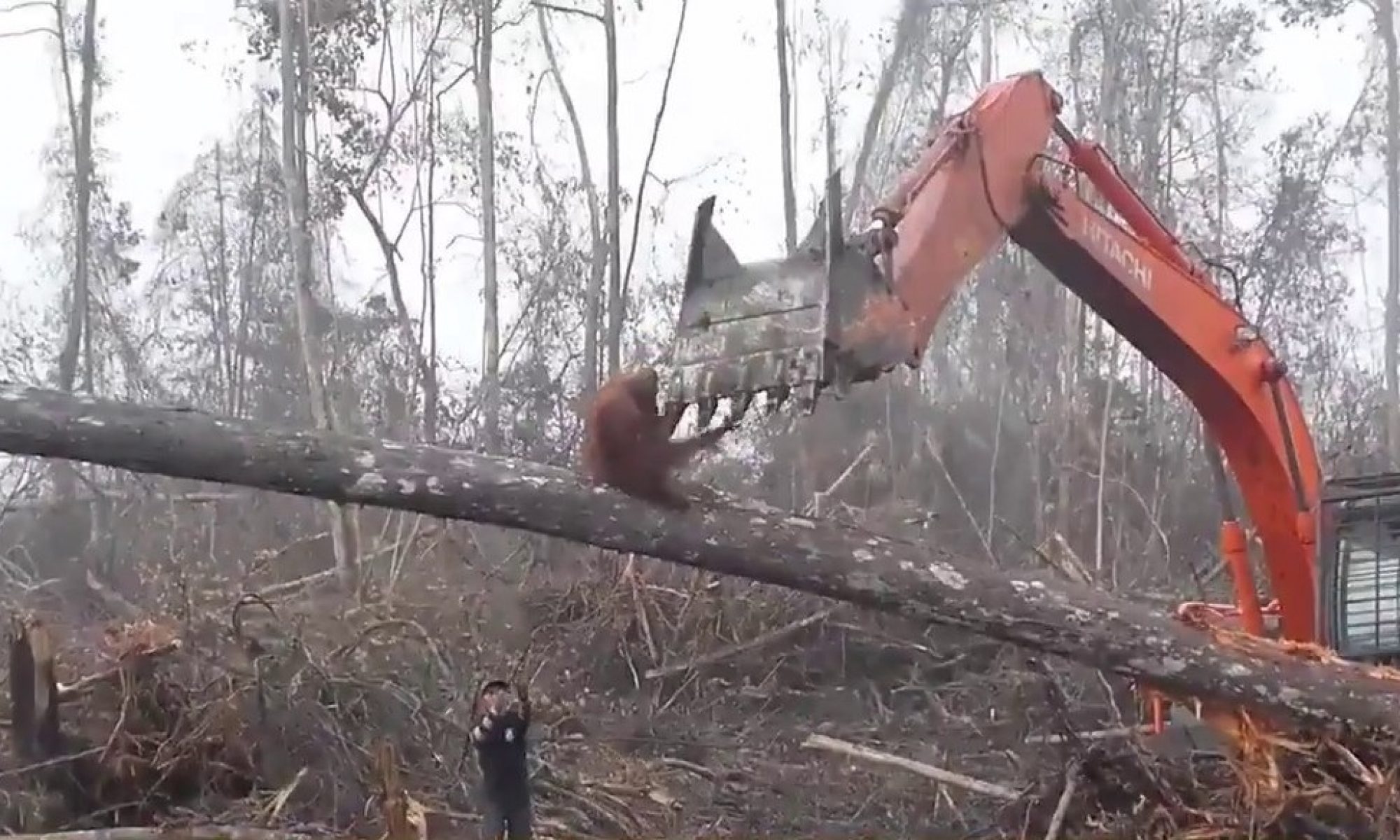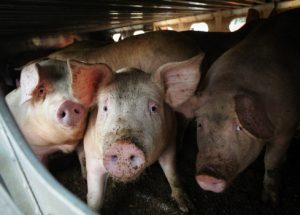“What does a vegan eat?”
Tons of stuff: In fact food tastes much better to me now that I am vegan than it did during the years I was a carnivore, and then a vegetarian.
The reason is that our metabolism — that of a contextual omnivore rather than an obligate carnivore — has two modalities.
Originally, and through large parts of our evolutionary history, we were herbivores and ate only plant-based foods (grains, beans, vegetables, fruits). There were also times when the only way we could survive was by hunting meat (esp. the paleolithic period).
And then we invented (rather than evolved) agriculture, and we could again have enough to eat through plant-based sources alone. We had developed adaptations along the way for meat-eating, even though our digestive system is basically still that of a herbivore, with yards of intestines instead of the carnivore’s short gut and strong digestive enzymes.
So, as with many biological contexts, there was a cue that indicated to our metabolic system which of the two “modes” — herbivore V or carnivore M — we were in, and that cue was the presence of animal protein in what we ate. And, also like many other contextual modes, one of the modes was dominant over the other. And the dominant one was the carnivore mode (M). If meat was available, and we ate it, then our metabolism went into M-mode, we got a strong appetite for meat, and an indifference or even a distaste for vegetables. Meat also had the advantage that it was almost completely self-sufficient: The body could get almost everything it needed from meat alone, as in true carnivores. (Not quite, but almost.)
The cue for V-mode was the absence of animal protein in what we ate. Vegetarians, however, are not in V-mode, because they eat eggs, milk and cheese, which are animal proteins. So vegetarians do not have the strong appetite for vegetables that vegans do. They still crave meat. I noticed the change in my appetite about 8 months after I had stopped eating animal protein completely.
(There are a few supplements that vegans need to eat unless they are very careful about their diets, but these supplements are easily available today, and just about everyone takes them anyway, whether meat-eater, vegetarian or vegan. They are mainly vitamin B12, calcium, Vitamin D and omega-3 oil, plus a few other occasional ones (e.g., iodine, iron, B6), all of them available from plant or synthetic sources).
That’s the story. And all these animals are being bred, suffering and dying — because we have chosen M-mode (not a forced choice, except in the few remaining paleolithic hunter environments like the northern Inuit or the deep amazon jungle natives). The choice was purely a cultural one, a matter of acquired taste, though once the animal protein was being consumed, the cues of the M-mode kept reinforcing our choice, making us feel as if we could not live, or enjoy eating, without eating animal-protein. And because M-mode is dominant, this appetite gets stronger, spreads worldwide, and we want to eat more and more meat, as the Chinese (and all nouveau-riches) are now doing. And of course the result is also the obese meat-and-potatoes Americans, heart-disease, diabetes, as well as the secondary ailments because of the hormones and antibiotics with which the animal victims have to be plied to keep producing them at industrial scale.
The dominance of M over V is one of the things that is making it so hard to convert everyone to veganism. But the other thing is the enormous and prosperous meat/fish/dairy/egg industry, which does everything to cultivate our M-mode appetites. (Dairy does the biggest job because cow’s milk is actually so bad for us, both as children and adults: milk-consumption is propped up by advertising and misinformation very much the way cigarette-consumption used to be.) The infamous ag-gag laws that prevent viewing or filming the way animals are industrially raised and slaughtered are the ugliest aspect of the way the industry safeguards its revenue streams. But the real causes are of course us, the consumers that sustain them.
Eventually, of course, the unsustainability of our astronomical level of meat production and consumption, and the pollution, environmental and resource destruction it causes, the illness and scarcity, will force us all to become vegans.
But before that, how many more innocent, helpless creatures are going to be bred, brutalized and butchered in their short lives of misery — and all (I can’t repeat it enough) completely needlessly?





 Life’s looking-glass
Life’s looking-glass